Murals Around Town
A spotlight on a few of the many murals that adorn our city’s buildings.
Hundreds of murals decorate buildings and walls throughout the city of Seattle. Some spotlight important historical figures, and others focus on current icons. Some raise awareness about pressing issues, and others memorialize past events. Some merely exist as beautiful art. Though every single one of these murals deserves to be seen, here are three that stand out as important facets of our city.
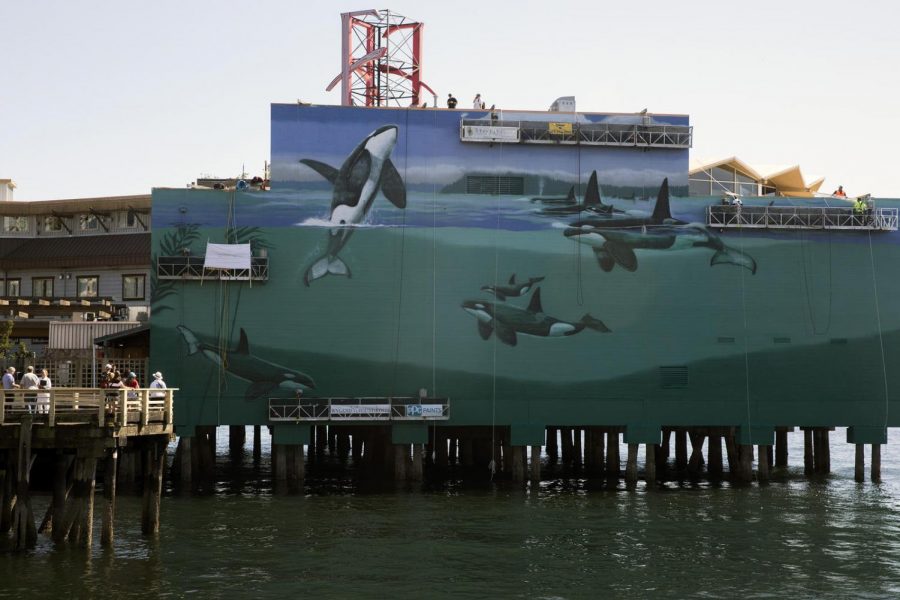
The Orcas of Puget Sound
On a wall of The Edgewater Hotel at Pier 67, there lives a pod of orcas. Artist Robert Wyland painted the mural for the first time in 1985, at the beginning of his journey to paint one hundred “whaling walls” around the globe. The project was founded to raise awareness about the importance of ocean conservation, and was completed in 2008. The Seattle mural was painted over in 1988, but in 2019, Wyland returned to reclaim the wall for orcas.
“The Orcas of Puget Sound” spotlights the J-Pod, a group of local orcas. Through his art, Wyland wanted to bring awareness to the endangered species.
“I believe this mural will really be an inspiration for not only the people of Seattle but all people around the world who come to The Edgewater and see this. They’ll see the beauty in these whales and they’ll say we need to protect this,” Wyland said to Komo News.
Wyland is also the founder of the Wyland Foundation, a non-profit organization focused on ocean and marine life preservation.
Painting the mural in 2019 was very different than in 1985. Ocean pollution has worsened in the past few decades, and orcas are even more endangered.
“Conservation is more important than ever,” Wyland said in an interview with Crosscut. “There’s more urgency this time, but I have a lot of hope when I talk to young people.”
The finished mural is enormous; the whales appear to be life-size, frolicking in beautiful blue-green water.
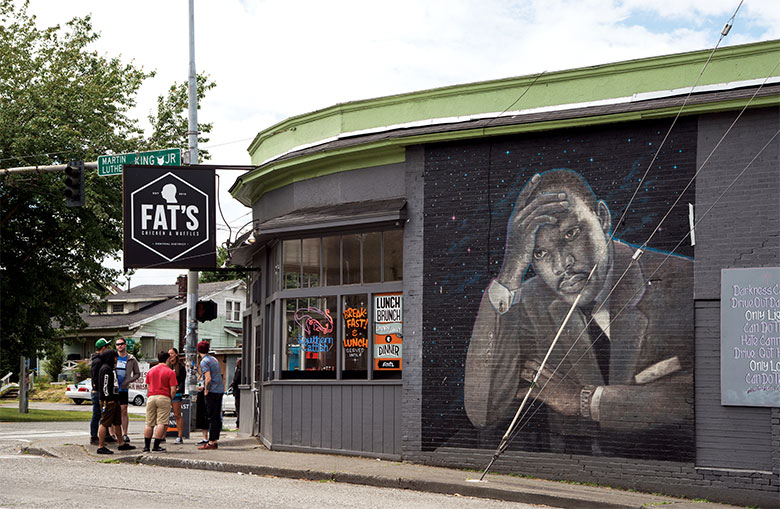
MLK Mural (Fat’s Chicken & Waffles)
The painting of Rev. Dr. Martin Luther King Jr. on the corner of Cherry St and MLK Way is well-known to most Garfield students. However, the mural has undergone changes in recent years. When the famous Catfish Corner closed in 2014, the owners of the new restaurant, Fat’s Chicken and Waffles, were determined to preserve the landmark mural.
According to manager Erika White, “It’s a piece of our community.”
The original artist, James Crespinel, painted Dr. King in the mid-1990s. Over the years, the mural began to fade and deteriorate. White tracked Crespinel down in Mexico and brought him back to Seattle to restore the painting. What used to be a blue sky background was turned into a beautiful starry night, and Dr. King is now outlined in blue and pink.
In 2017, the mural was used by an anti-gentrification project in the Central District that issued “gentrification citations” around the neighborhood. An annotation was added to King’s portrait in the style of a tweet that read, “That feeling when the county named after you is only 6% Black.” The quip referenced King’s position in the painting: resting with his head in his hand.
The mural also features a famous quote from King’s 1963 book, Strength to Love: “Darkness cannot drive out darkness; only light can do that. Hate cannot drive out hate; only love can do that.”
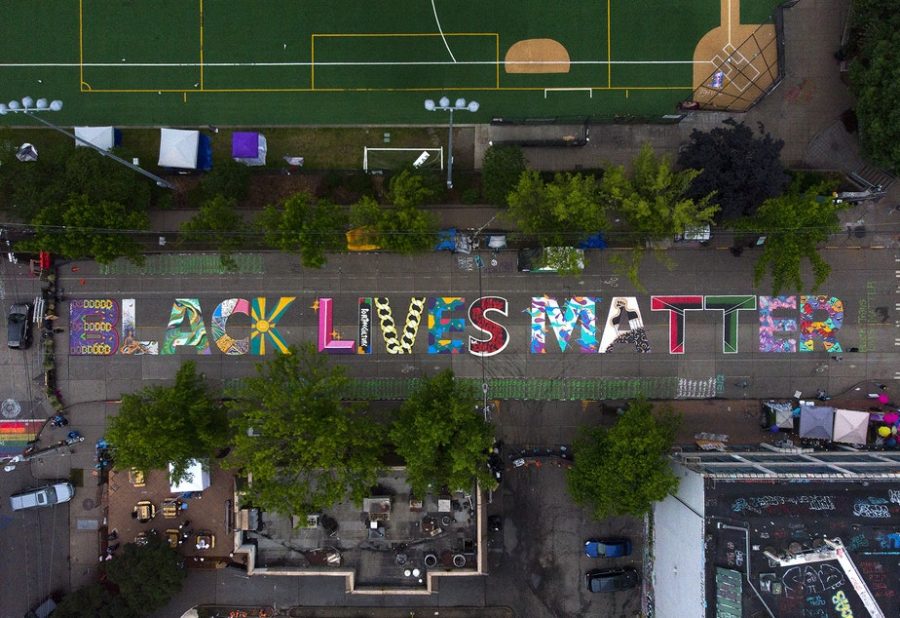
Black Lives Matter Street Mural
During the summer of 2020 when Black Lives Matter protests filled the streets with calls for justice, dozens of murals were painted throughout the city. The most well-known was on Pine Street between 10th and 11th Avenue in the area previously known as CHOP (Capitol Hill Organized Protest). The mural was completed by multiple artists and portrayed the words “BLACK LIVES MATTER” with a variety of artistic flourishes.
Unfortunately, many factors led to the deterioration of the mural, and in September 2020, the City of Seattle partnered with Vivid Matter Collective to restore it as a permanent street mural.
According to a city statement, the restoration of the mural was “an acknowledgment of the cultural significance of the site in the Black Lives Matter movement.”
Vivid Matter Collective, a Seattle-based art collective of 16 BIPOC artists, worked with SDOT (Seattle Department of Transportation) to temporarily remove the damaged mural and repaint the letters even more brightly and beautifully than before. To make the mural permanent, the restoration process included tracing the original letters and using grinders to carve them into the concrete.
“The Capitol Hill Black Matter street mural is a potent symbol of free speech and civil rights,” SDOT Director Sam Zimbabwe said.
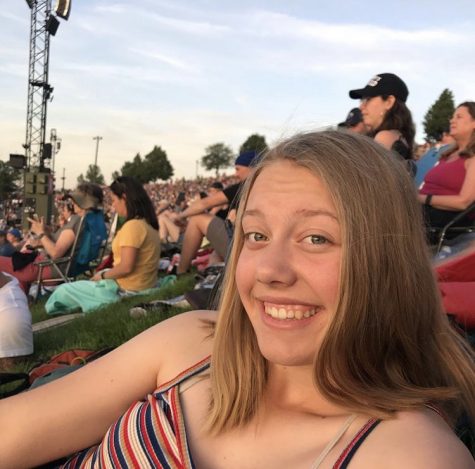
Maya is a senior and a first-year Messenger staff member. Her favorite things are (listening to) music, writing, creating art, and eating. She is looking...


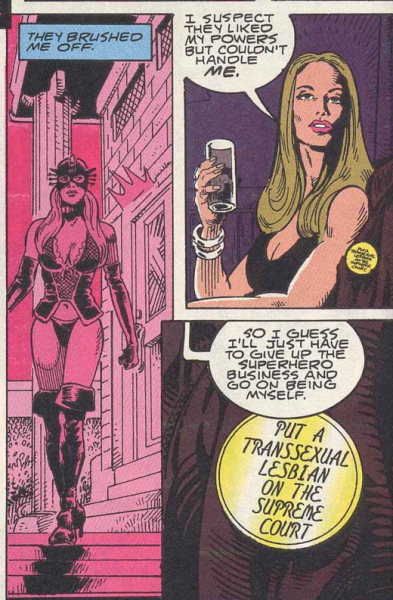

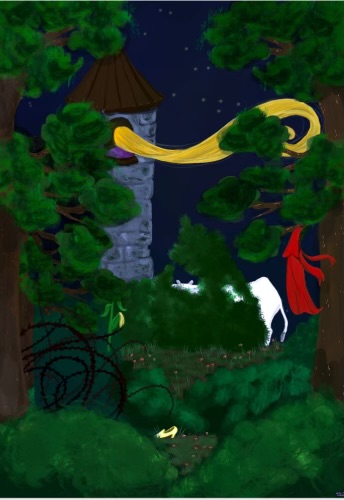
Frauke • May 10, 2021 at 1:10 PM
Excellent article about important murals in seattle. Thank you Maya!